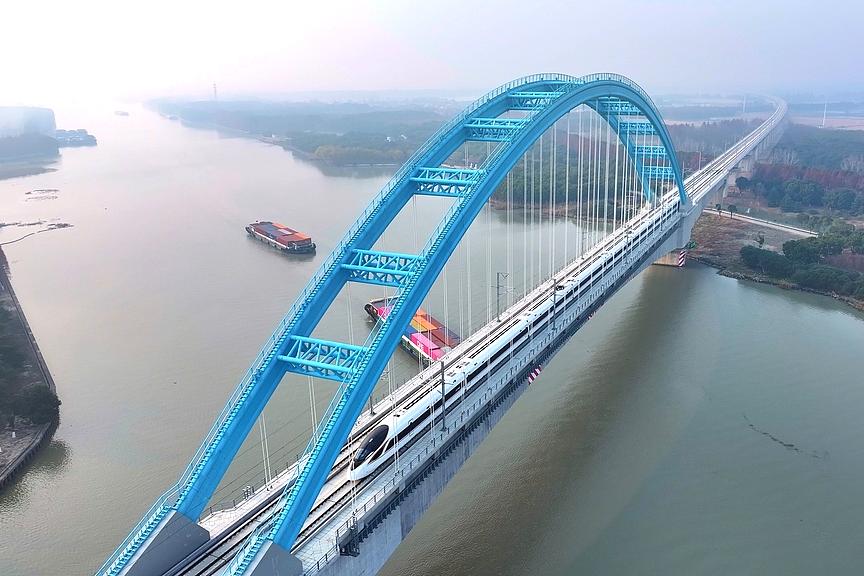Shanghai releases report on transportation development
The Shanghai Urban and Rural Construction and Transportation Development Research Institute released its 2024 report on the development of integrated transportation in the city on April 10.
Over the past year, Shanghai has continued to pursue its vision of building a people-oriented, efficient, smart, green, and resilient transportation system.

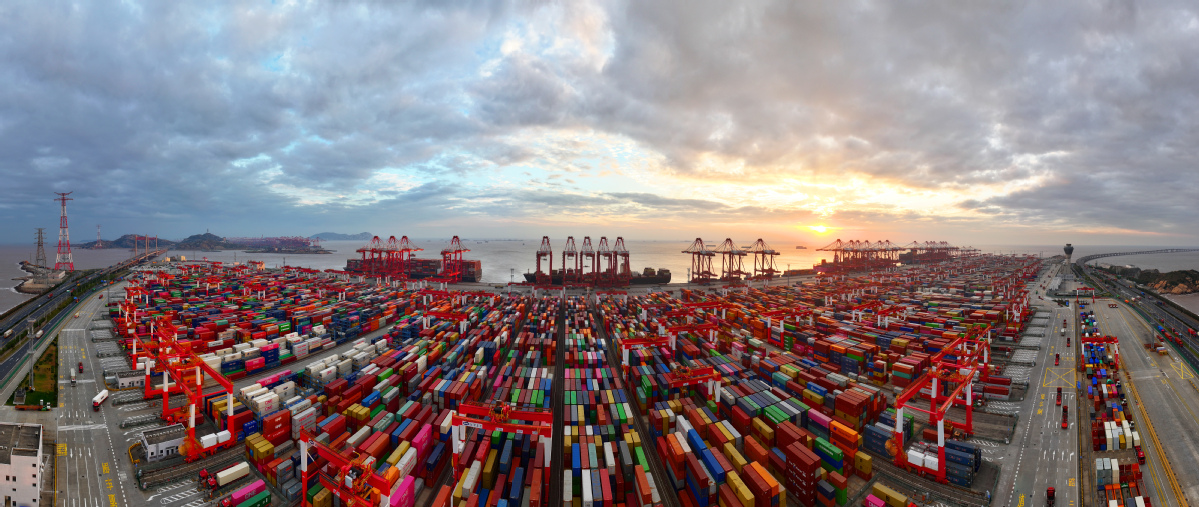
Shanghai Port handled nearly 51.51 million twenty-foot equivalent units in 2024, up 4.8 percent year-on-year, maintaining its position as the world's leader in container throughput for 15 consecutive years.
At the same time, high-end shipping services continued to improve. The port is now equipped with ship-to-ship bunkering of both liquefied natural gas and green methanol vessels, while Container MaaS, an international container transport service platform, went online, offering information on vessels and containers.

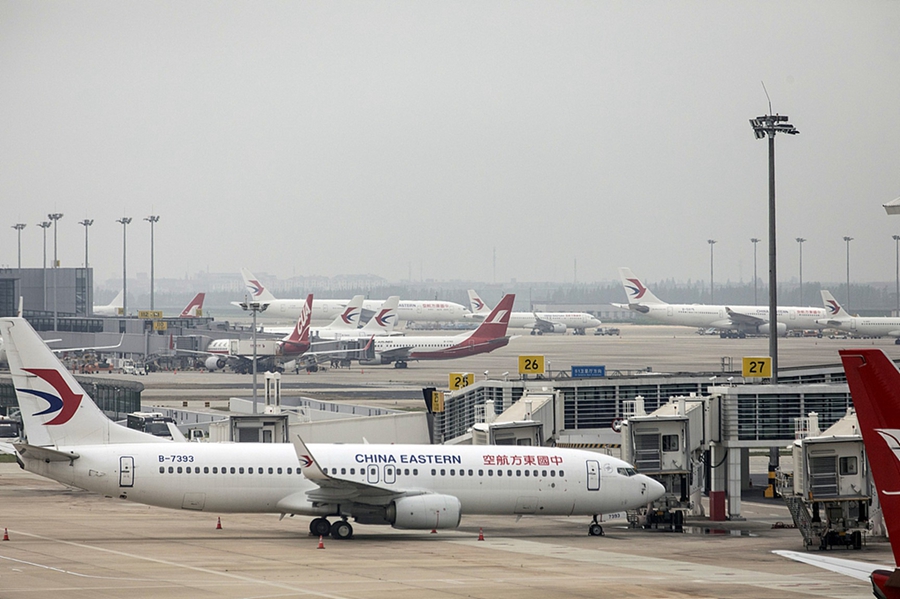
Shanghai's two major airports, Pudong International Airport and Hongqiao International Airport, handled a record 125 million passenger trips in 2024, up 29 percent year-on-year. This achievement boosted the city's global ranking from 10th to third, tying with Tokyo.
Air cargo and mail throughput reached 4.2 million metric tons, up 11 percent, making Shanghai the world's second-largest air cargo hub.
The airports opened flights to 10 new destinations, increased frequency on 19 routes, and resumed eight routes. Direct flights to Venice in Italy, Marseille in France, Manama in Bahrain, and Kazan in Russia were launched — the first in China.
Shanghai added a new all-cargo route to Budapest and ramped up all-cargo flight frequencies to key destinations including London, Amsterdam, Chicago, and Los Angeles.

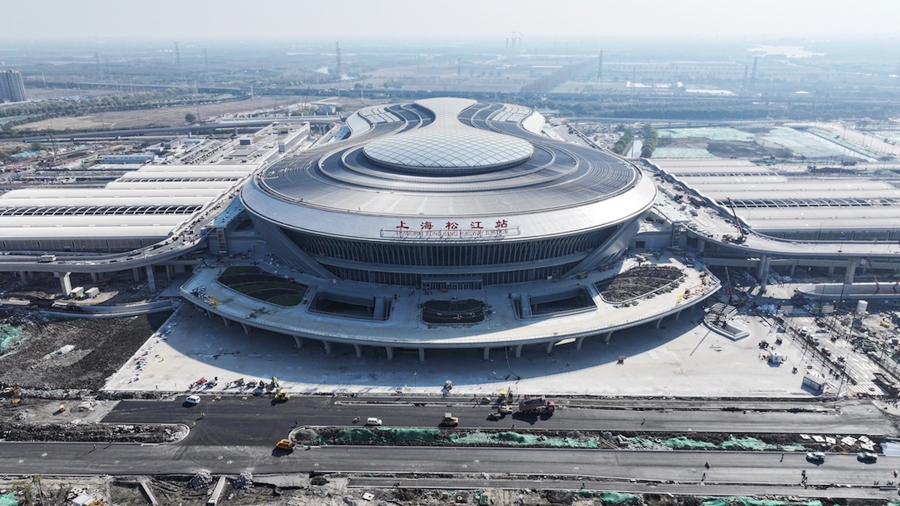
In 2024, Shanghai recorded 259 million outbound railway passenger trips, a year-on-year increase of 7.2 percent.
The opening of the Shanghai-Suzhou-Huzhou high-speed railway helped alleviate transport pressure on the Shanghai-Nanjing and Shanghai-Hangzhou corridors.
Railway container throughput rose 32.3 percent year-on-year to 1.21 million TEUs. The China-Europe Railway Express (Shanghai) operated over 120 trains, up more than 20 percent year-on-year.

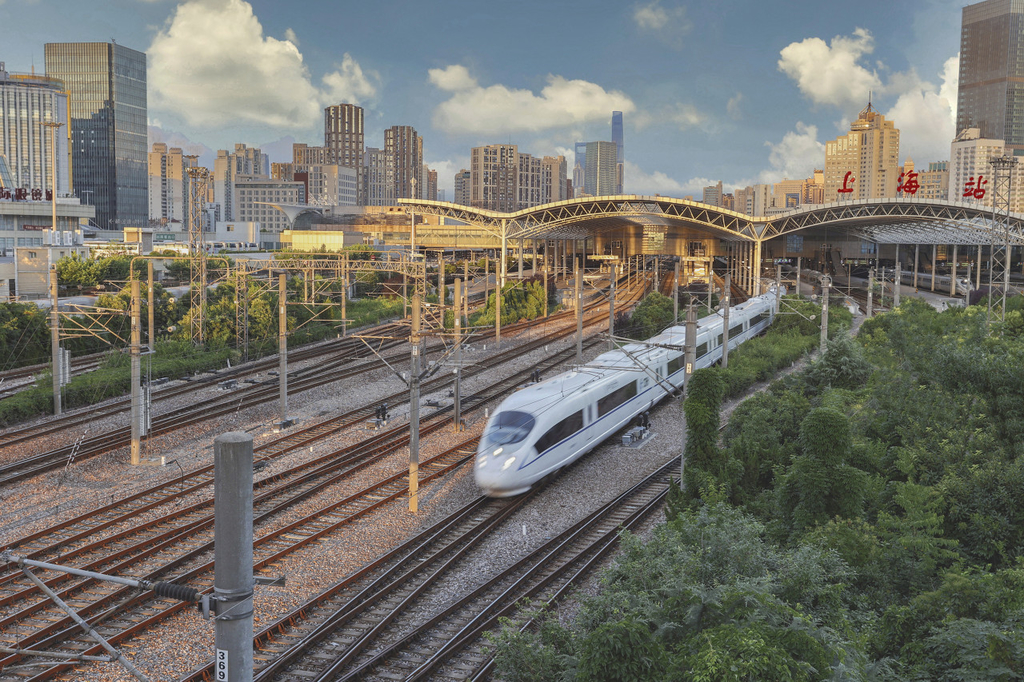
An average of 511,000 railway passengers traveled daily between Shanghai and the neighboring provinces of Jiangsu, Zhejiang, and Anhui — an increase of 9.1 percent year-on-year — accounting for 72 percent of Shanghai's outbound rail passenger volume in 2024.
Progress continued on major railway projects, such as the second phase of the Shanghai-Nantong railway and the Shanghai-Chongqing-Chengdu high-speed railway.

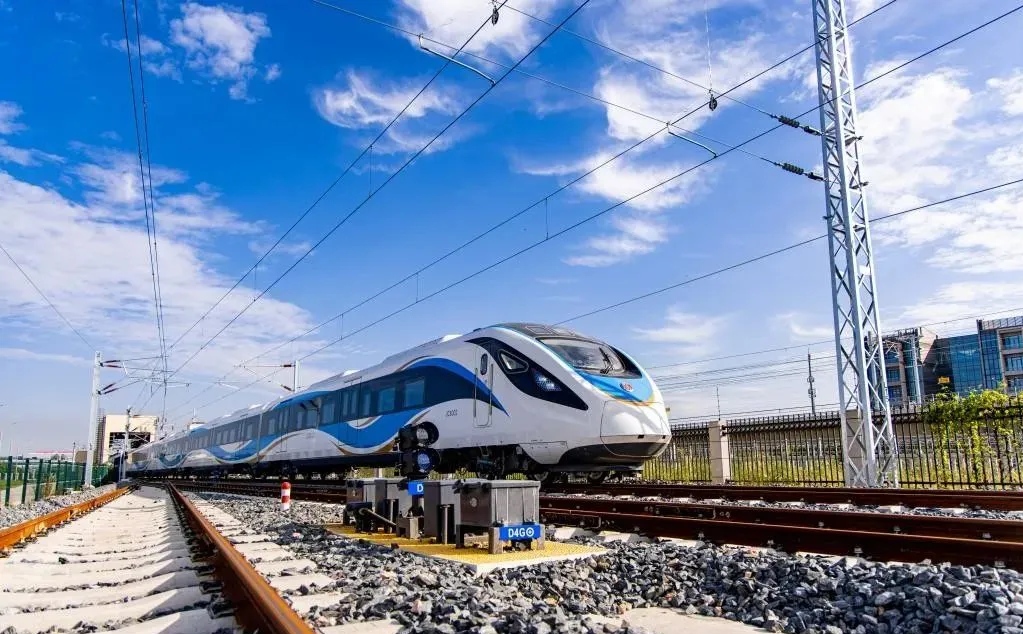
In 2024, Shanghai's rail transit system, excluding the maglev trains and Jinshan Railway, recorded an average daily ridership of 10.27 million people, marking a year-on-year increase of 2.4 percent.
Kangheng Road Station on Metro Line 11 began trial operations in September. In December, Metro Line 17 was extended westward to Xicen Station, and Shanghai's first Airport Link Line opened, reducing the travel time between the city's two major airports to around 40 minutes.

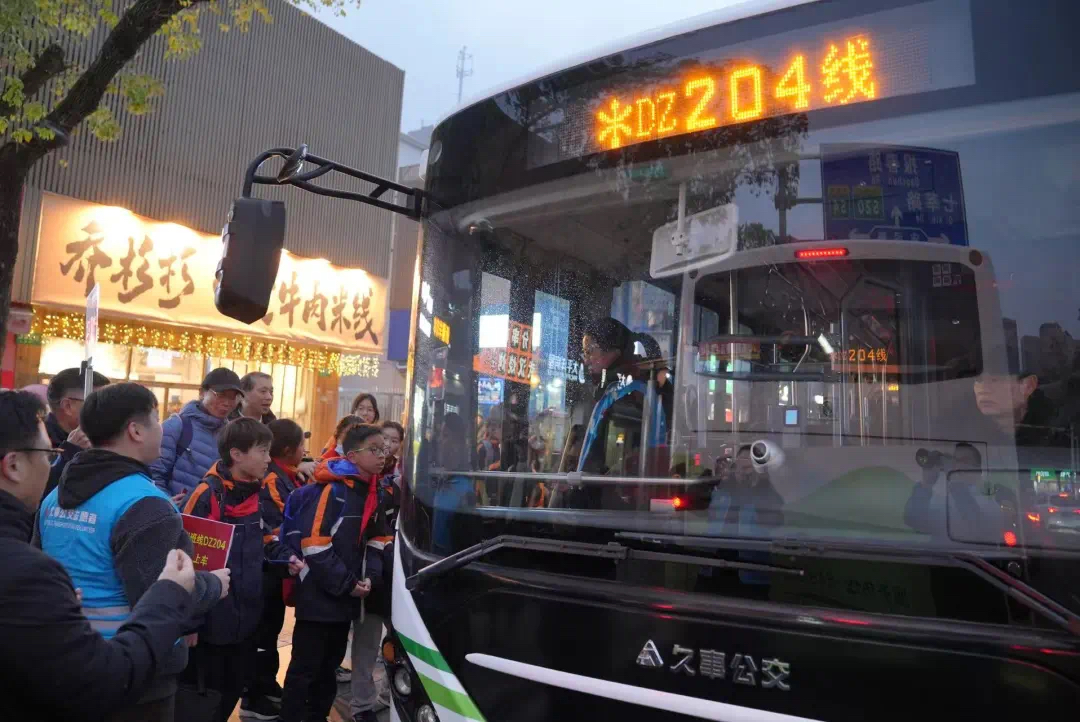
Shanghai's public bus network, including electric buses, saw an average daily ridership of nearly 3 million people, with 29 percent of passengers transferring to the metro system.
To better adapt to changing passenger demand, over 200 small and medium-sized buses were deployed.
In October, China unveiled regulations on public transportation in cities, which encouraged the development of customized transport services. Operators like Jiushi Public Transportation Group launched a variety of tailored bus routes.

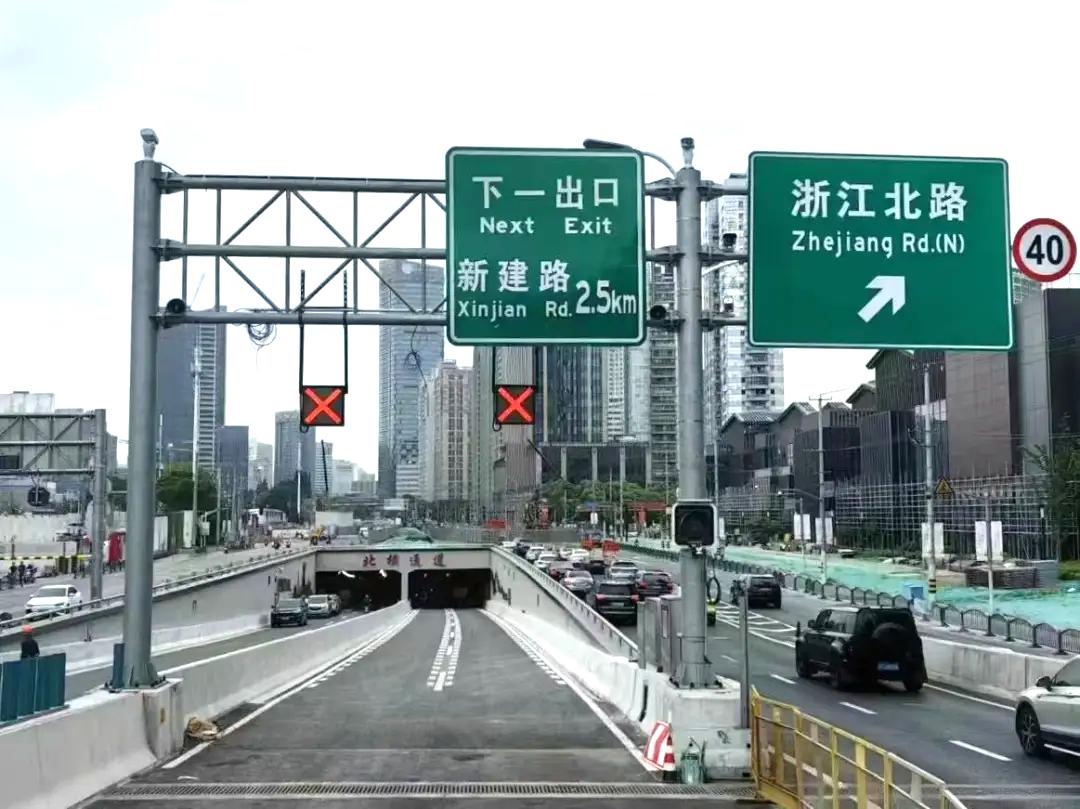
By the end of 2024, Shanghai was home to about 6.13 million passenger cars, a year-on-year increase of 0.7 percent.
Among them, 2.52 million held central city license plates, 1.46 million were new energy vehicles, 1.1 million carried suburban plates, and about 1.05 million were registered in other provinces but operated long-term in the city. The proportion of vehicles with NEV license plates continued to rise.
Key road projects, such as the eastern section of Beiheng Passage, progressed steadily. To alleviate parking shortages, construction began on 5,877 new public parking spaces.


Shanghai has built 913,000 charging piles and 225 battery swapping stations, achieving a vehicle-to-charger ratio of approximately 1.8:1.
Throughout 2024, 1,940 new energy buses were put into service, bringing the total number of registered NEV buses to 16,356 — accounting for 96.21 percent of all buses.
Additionally, 2,700 new energy taxis were deployed, with such vehicles representing 95 percent of the city's taxi fleet.
Source: Shanghai Observer
